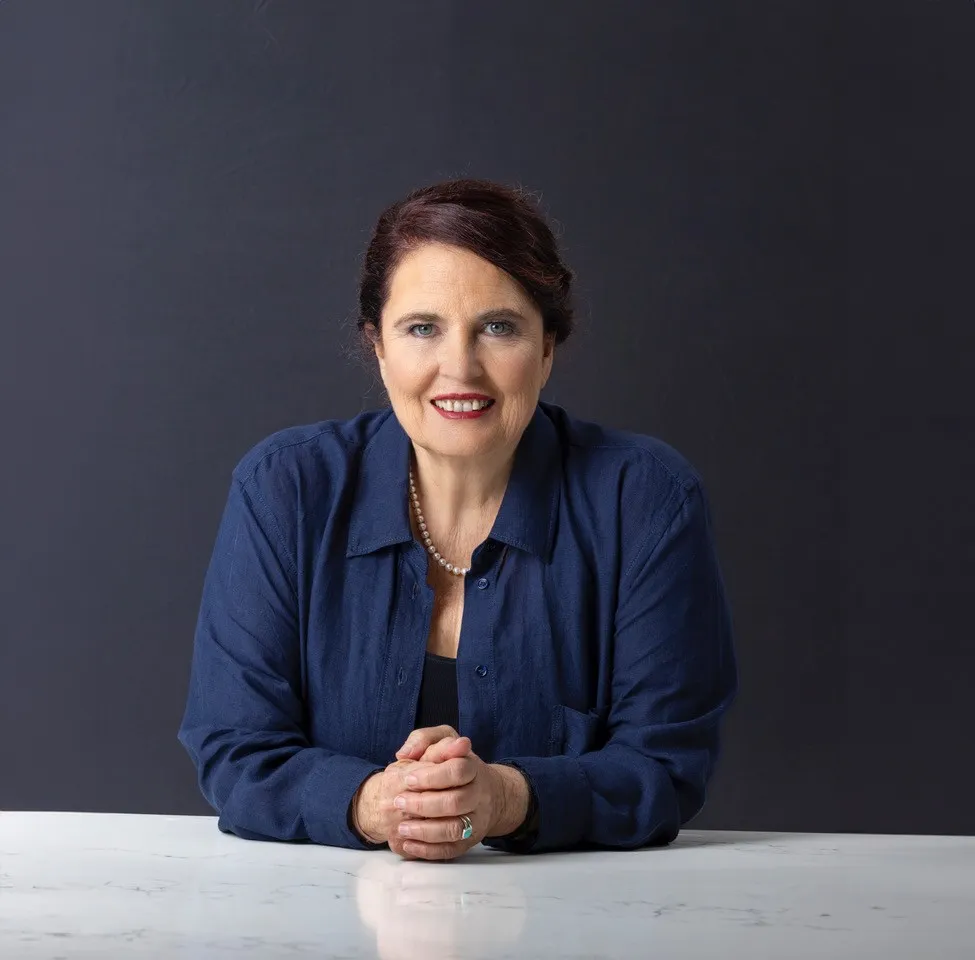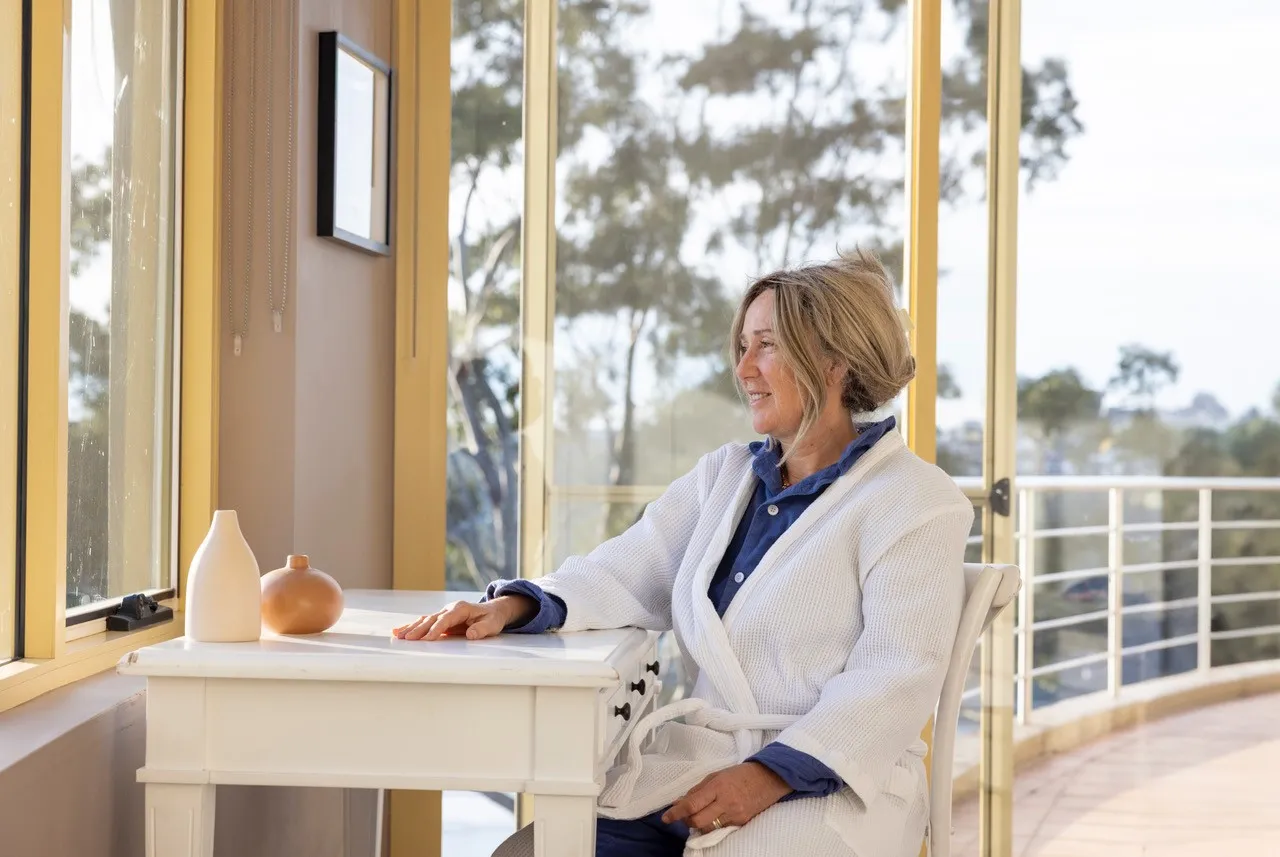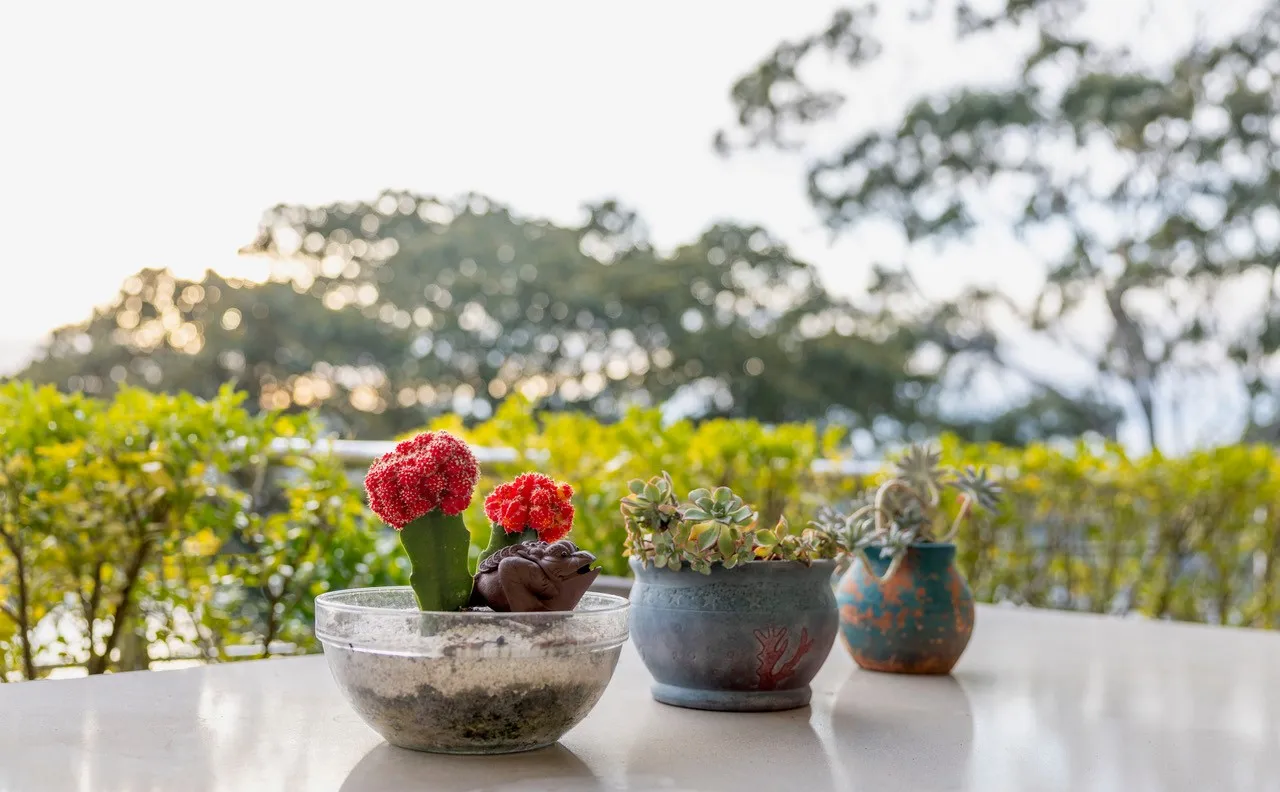Executive addiction: The incidence of illicit drug use is on the rise, especially among the rich.
A luxury rehab centre on Sydney’s Northern Beaches is taking an innovative approach to drug and alcohol addiction treatment among some of the city’s wealthiest individuals.

The incidence of illicit drug use is on the rise in Australia, especially among the rich.
The National Drug Strategy Household Survey 2022-2023 found usage grew in the wealthiest suburbs while remaining mostly steady in less advantaged areas over the last three years.
That drug and alcohol addiction impacts all walks of life is only too clear to Satya Armstrong, founder of Sydney Detox and Rehab. The luxury rehabilitation centre counts judges, big business owners, and high-profile CEOs among its wealthy clientele.
Accelerated programs for busy executives Armstrong set up Sydney Detox & Rehab in March 2020 with a plan for a new approach to addiction treatment that would “make a real difference in people’s lives” and help to break the “revolving door” of addiction. She says Sydney Detox and Rehab, which mostly caters to high-functioning alcoholics and cocaine users, has reduced the time needed to be in rehab to help busy executives get back to work faster.
“We offer accelerated programs designed to provide intensive treatment in just seven days. What we achieve in a week is more than what some facilities do in three to four weeks,” Armstrong says. “Reducing the time people spend in rehab is a game changer in the landscape, as it means the busy professional or young mum only has to take a week out of their schedule or in leaving the children. This makes a huge difference both time-wise and financially.”
Key to the program’s success is one-on-one counselling and a personalised and holistic approach, focusing on a range of restorative therapies not offered elsewhere, she says.
“Different people respond to different things, so we take a multi-modal approach. You try different therapies, and it all works towards pushing you towards the ocean of sobriety.”
To participate, clients must pay $20,000 per week for treatment at the centre.
Traditional addiction treatments often focus on group counselling. Armstrong believes that “while group therapy has its place,” she feels that “it is more effective to focus on the client and their individual issues.”
Privacy is paramount
Sydney Detox and Rehab’s multi-disciplinary team develop a customised treatment plan for each client that addresses each person’s specific physical, emotional and psychological needs while also considering their broader circumstances.
“We have a variety of clients, including local dignitaries,” Armstrong says. “We have a high level of confidentiality surrounding these important people, including the fact that they may not use their regular names but aliases.
“All records are paper-based, and there are no digital ones. This is important for high profilers, for example, people in the medical or banking industries, amongst others, who can’t afford to be associated with personal drug misuse or alcoholism. We have salvaged the careers of many grateful doctors and nurses who have used our services.”
Cocaine nation
Australians were among the highest cocaine users in the world, according to the Organisation for Economic Cooperation and Development (OECD) in 2019. Based on subsequent trends, it is likely to remain the case.
“Cocaine users sometimes become alcoholics as well, as they find they can’t sleep while taking cocaine, so they use alcohol to help them sleep,” says Armstrong.
Alcohol remains one of the most damaging drugs among all echelons of Australian society. While there has been a gradual decrease in alcohol consumption, many Australians still drink to excess. In 2022-2023, according to the Australian Government Institute of Health and Welfare, more than a third of people over 14 consumed alcohol in amounts that put their health at risk.
Armstrong has a personal reason for being interested in helping people with addiction.
“My grandfather, who I was very close to as a child, was an alcoholic. I couldn’t understand a lot of things when I was younger, like how he’d disappear for a few weeks at a time when he was binge drinking,” she says.

Revolving door
Later in life, as a pharmacist, Armstrong witnessed the impact of drug addiction in the wider community.
“I’ve run 20 pharmacies nationally in Australia for over 20 years,” she says. “In that process, I was often running a methadone clinic, and I just couldn’t understand, again, why people stayed on the methadone, and they decreased their usage a slight bit, but generally speaking, they’d be on it for years and very rarely would they get off.
“I started looking into the whole drug and alcohol addiction scene and found that what was on offer for treatment was a standard revolving door approach that did not change things, and people were still addicted, plus relapsing was common.”
Around 40% to 60% of people in alcohol and drug treatment will relapse at some point, according to the Alcohol and Drug Foundation.
Restoring the brain
Unlike most treatment centres for addiction, Sydney Detox and Rehab uses a range of restorative therapies to accelerate brain healing and aid recovery from addiction. These include hyperbaric oxygenation therapy, which is perhaps most well-known as a remedy for decompression sickness, a potential effect of scuba diving, as well as diabetic neuropathy and head injuries in car accidents.
“Hyperbaric oxygen therapy is now also being used to treat drug and alcohol-induced brain damage. It involves breathing pure oxygen in a pressurised chamber, significantly increasing the amount of oxygen in the blood. This elevated oxygen level can enhance the healing of damaged tissue and reduce inflammation,” Armstrong says.
Another treatment used at the centre is light therapy, designed to induce a person’s brainwave activity into a wavelength referred to as the “theta state”. This is typically associated with deep relaxation, meditation, creativity, and the early stages of sleep. A state of profound relaxation characterises these brain waves. “It’s a state we all love because we feel so relaxed and happy,” says Armstrong.
This relaxed state is easily entered by drug or alcohol addicts, Armstrong says. The light therapy offers an alternative by inducing the same pleasurable state of mind and helping to create neural pathways that eliminate the need for people to take substances or drink to get the same effect.

Luxury experience
At Sydney Detox and Rehab, no phones or laptops are taken away. Internet is provided so clients can maintain communications with their office and continue working if needed. Chauffeur services are provided from the airport for clients from New Zealand, the Pacific Islands or interstate. The luxury private rooms have ensuites and a harbour view. There’s a swimming pool, jacuzzi, and sauna, places to walk in the garden, opportunities for massage and meditation, acupuncture and music therapy, and walks on the beach.
Armstrong says the improvement in results she has seen with the multi-modal restorative approach is setting a new standard in the field that has the potential to “revolutionise the addiction rehabilitation industry”. For her, it’s about combining science and compassion.
“One of my clients said to me, ‘I’ve been ringing around a lot of places, and you are the only one I called where I feel that you really care that I get off the booze.’ I said to him, ’I do care. I want you to stop’.”
“We care, and we want to make a difference, particularly as it has far-reaching consequences to the society at large,” she says. “If you keep a family together without divorce, it will impact their lives in many positive ways. Through effective treatment of our influential clients, we strive to have a far-reaching impact on society for the better.”
